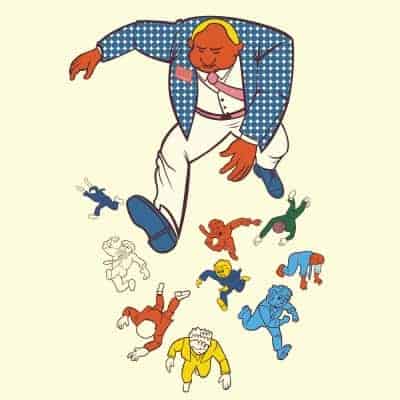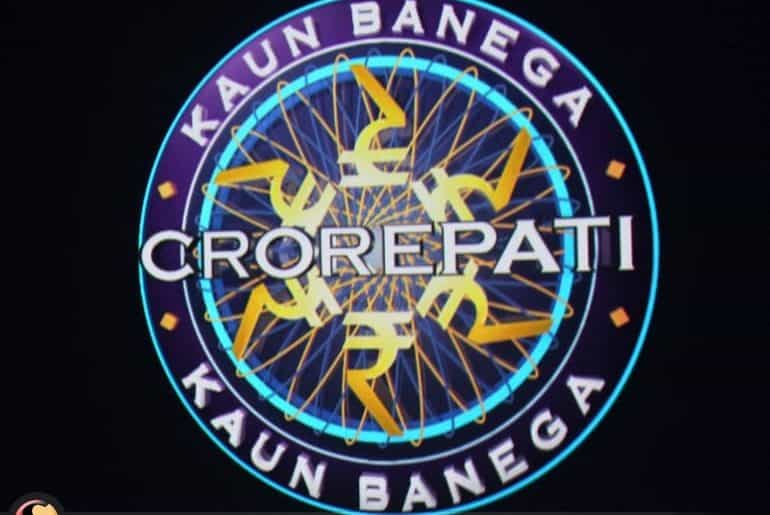There have been long ongoing debates on whether there should be established laws governing the work conditions during internships. While some argue that anything and everything that an intern does is part of their learning experience and they should be prepared for it. Those against it say that while an intern works for experience, making him/her slog for 10 hours is never justified in the name of “learning”.
The crux of all labour laws is, that if you’re making someone work, then at least pay them for it. However, this is precisely the reason why laws for interns were ignored initially. In an organization, the workers need the company administration as much as the company administration needs them. Therefore, there is greater incentive on the company’s part to look into the needs of the workers. However, in case of internships, the interns need the company for a lot of things, like resume strength, connections and recommendations, while the company is not in as desperate need of interns as it is for workers.
Thereafter, the companies started using interns for the work (often clerical) that they’d otherwise hire a professional for. Mostly this work involves getting coffees, photocopies, etc. Doing these tasks is obviously futile and doesn’t serve the purpose of learning that the interns usually enrolled for.
Saheba, a first year student of Daulat Ram college says, “I interned with a marketing firm this summer. But if I look back, most of my work time was spent in getting photocopies done, buying stationery, etc. While I don’t think that any work is lowly, those tasks were not what I had enrolled for and I’d certainly liked if I could have spent more time studying about my field”
Interns in the UK are entitled to a minimum wage and the only people who are exempt from it are students working on mandatory school projects. In various other countries, similar rules apply because it is widely accepted that an intern is at the end of the day a worker, is contributing in some way, and therefore needs to be paid.
However, not all internship experiences are bad. Sudipta, of Gujarat National Law University did a law internship this summer and according to her, “she learned a lot by working with two senior lawyers and gained valuable experience”.
But the possibility of witnessing both sides of the coin is precisely the reason why there is greater need for such a law. We can’t let things hang in the loom because its sheer luck that a person lands up in a fruitful internship. There need to be mechanisms in place which an intern can turn to incase he/she is unhappy with the way things are going
The need for labour laws for interns is thus two-fold- One that covers the working conditions and second, the quality of work being given. While the first reason is fairly clear, that limits the working hours of an intern, that provides remunerations for the spending and travel cost, the second one remains a major bone of contention.
The working conditions can be clearly defined and implemented and it will make the work experience of the interns much more organized and regularized. The quality of work being given to the intern is the larger problem. It often happens that a student enrolled for a content writing internship and instead just ended up doing photocopies and bringing coffees and walking the boss’s dog. Therefore, stricter monitoring rules need to be established wherein the company is taking undue advantage of the unpaid intern’s condition, he/she can report against it.
Image credit: Free Digital Photos











